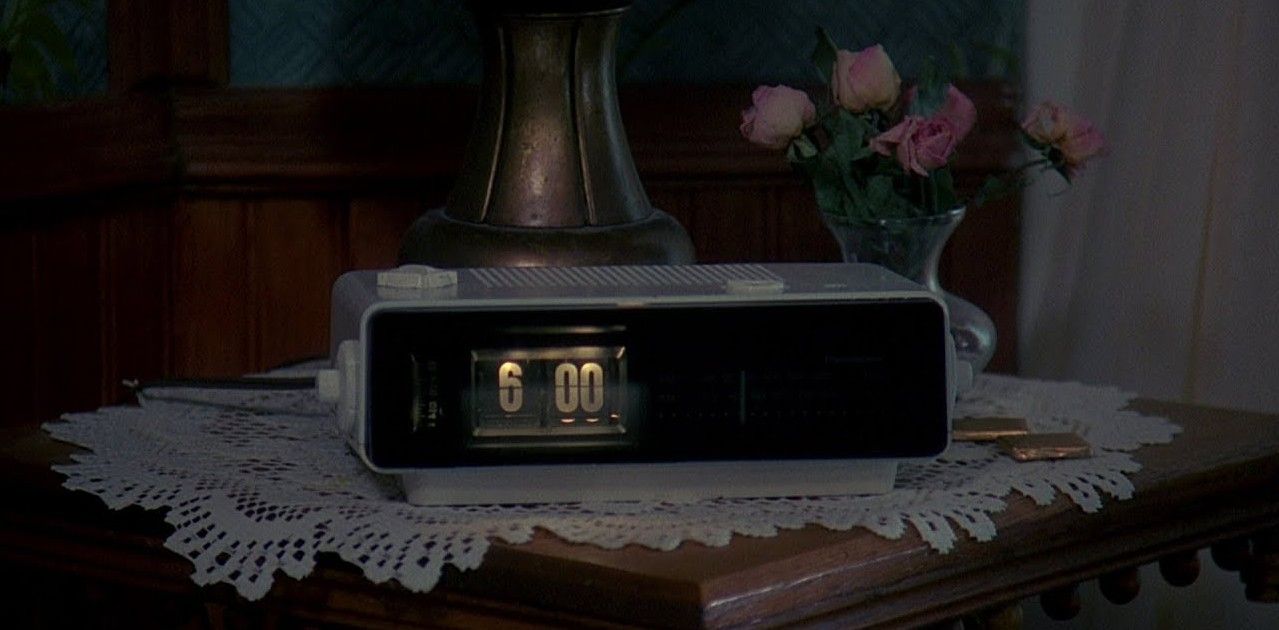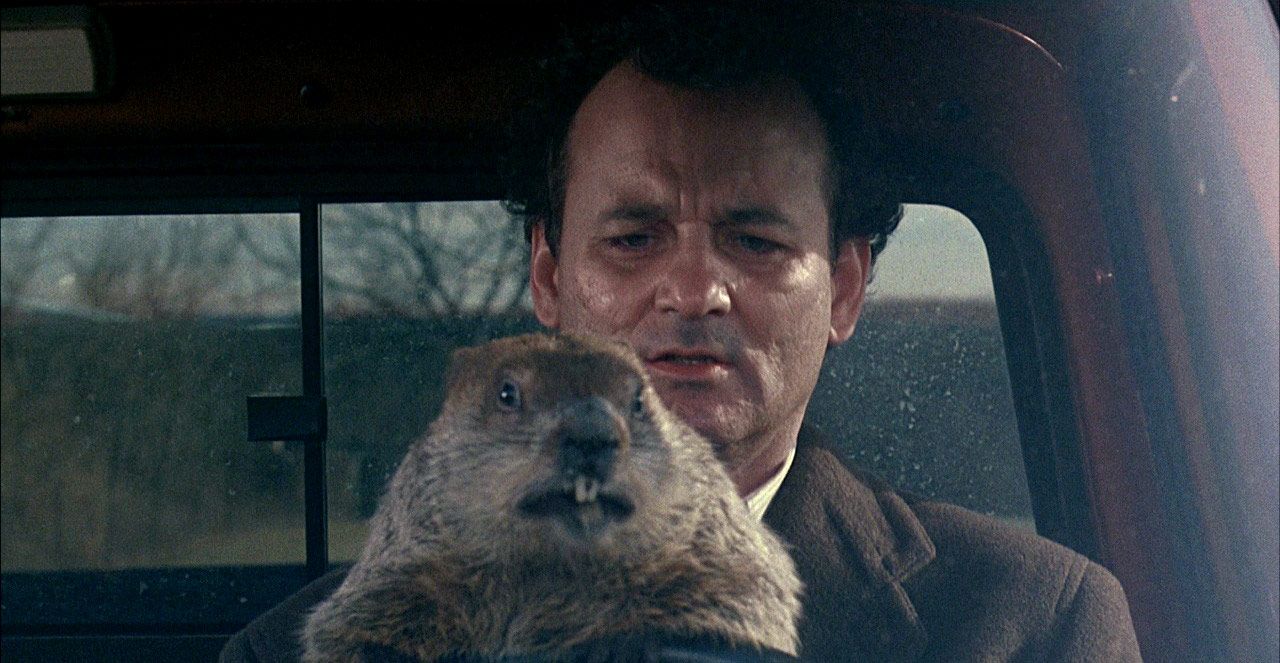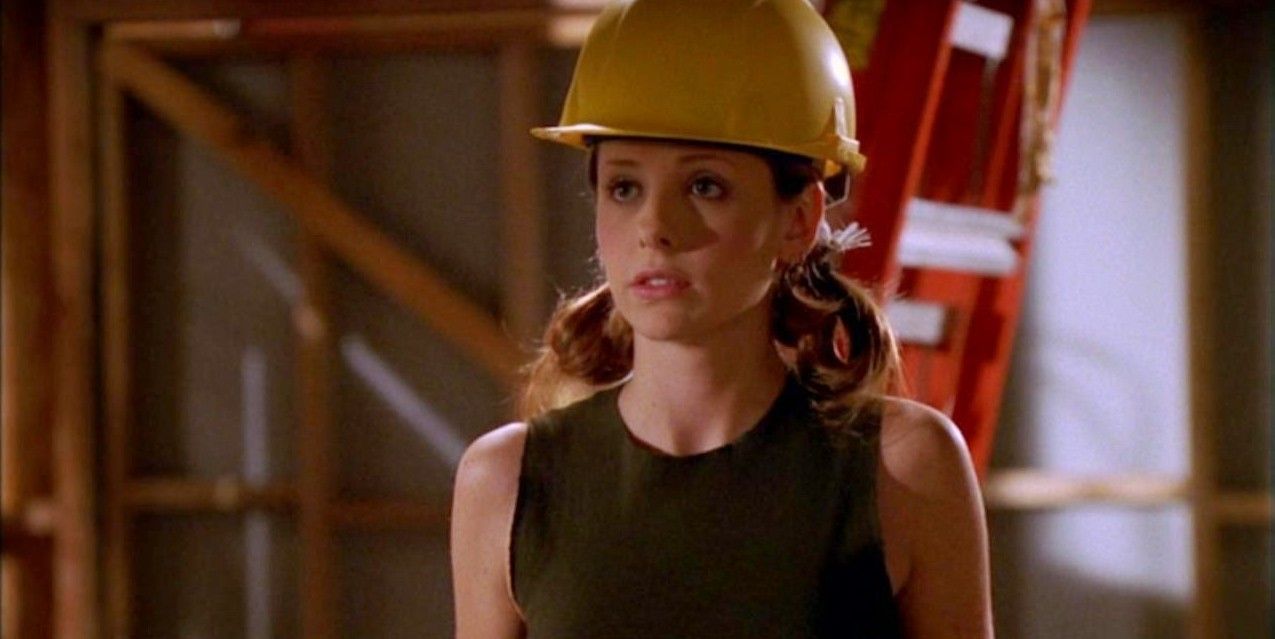In the years since cinema began, there have been many tropes and concepts that have been used over and over, in different contexts and different iterations. One of the most interesting of these tropes, and one that never seems to overstay its welcome, is what is commonly known as the "groundhog day" trope.
The narrative concept of a person trapped in a repeating segment of time has existed in literature and science fiction for decades. However, this concept was pulled into the public consciousness in Western culture and wildly popularized by the 1993 film Groundhog Day. Written by Harold Ramis and Danny Rubin, the movie stars Bill Murray as a cynical weatherman who goes to cover a Groundhog Day event and finds himself reliving that same day over and over again, with no idea how or why this happened. The movie was extremely popular, remaining well-loved to this day.
The popularity of Groundhog Day caused the term "groundhog day loop" or "groundhog day trope" to mean a repetitive situation or, specifically in fiction, to stand for the narrative concept that the movie hinges on. Movies or television shows that use this trope are referred to as using the "groundhog day" loop, even though they are not remakes of the 1993 movie. But why has this trope remained so popular over the years, and how have filmmakers kept it from getting stale?
Despite the specificity of the concept, the "groundhog day" trope can be changed around or altered in various ways without straying too far from what is familiar or from what audiences find interesting. For instance, some media have done a version of this trope where the lead characters are unaware of the loop for at least some period of time. Examples of this change in perspective can be found in The X-Files episode "Monday" or the episode "White Tulip" from sci-fi show Fringe. Even then, the episodes are wildly different from one another.
The widespread popularity of the "groundhog day" trope means the concept can be referenced in-universe for another interesting use of the concept. Groundhog Day is directly named in "Here I Go Again," the episode of DC show Legends of Tomorrow that involves this concept. In the season six episode of Buffy the Vampire Slayer entitled "Life Serial," the pop-culture savvy villains trap Buffy in shorter repeating time loops throughout the same day. The idea of the time loop being weaponized by someone other than the perspective characters has been used in other movies and television shows as well; sometimes as the major plot twist of the story, and often with a more serious tone than used on Buffy.
Indeed, even when used in its more classic form, the "groundhog day" trope can be used to both comedic and dramatic effect, sometimes even within the same work. The 2020 movie Palm Springs, for example, stars Andy Samberg and Cristin Milioti as wedding guests who get stuck in a time loop, reliving the day of the wedding over and over. The movie is primarily a comedy and features many scenes of the lead characters both using the loop in hilarious ways. However, the film also deals with the larger struggles and ramifications that come with being stuck in the time loop. That aspect of the movie is genuinely impactful, and never feels at odds with the comedic content.
One of the ideas commonly explored in media that uses the "groundhog day" trope is that of preventing someone's death. This can be used very differently over a variety of genres. 2017's Happy Death Day follows a college girl who tries to prevent her own murder as she lives the day over and over. The film is a black comedy slasher flick, and much funnier than the premise would suggest.
Another 2017 movie, Before I Fall, comes on the opposite end of the spectrum. This teen drama follows a teenage girl who dies with her friends in a car crash, only to wake up and find herself repeating that same day. Before I Fall is a tearjerker, and is one of the most consistently serious works to use this trope out of anything listed so far. Another more serious and impactful version of this trope comes from the 2019 episode of The Twilight Zone entitled "Replay," where a woman ends up repeating the same day or several hours of the same day in order to try and prevent a racist state trooper from killing her son. In this instance, she is able to reverse time using her video camera in order to make this happen.
The how and why of the time loop does not always have to be explained: sometimes it is and sometimes it is left a mystery. The trope is well-known enough that sometimes an explanation is not necessary, especially in a standalone film. When it comes to television, the "groundhog day" loop is more likely to be found in sci-fi or fantasy shows where the loop can be explained in a way that fits in with the show's mythology. Along with those listed earlier in this article, television shows such as Marvel's Agents of Shield, Haven, Supernatural, Angel, and Doctor Who have all included some version of a "groundhog day" loop, all explained in ways that make sense for the series. In ongoing series such as these, this trope often allows for an interesting exploration of characters if not deep character development.
Clearly, part of the reason the "groundhog day" trope has persisted is its ability to be used across different tones and genres. It can also be changed in ways that are interesting and different but don't take away from what makes the trope recognizable. However, another part of the reason this trope remains so popular could be what it can represent. People are drawn to the idea that things are not fixed, suggesting a control over their own destiny. The idea of being able to redo a day over and over, to change things, to take a different path, to say what you have always wanted to say, is very appealing to a lot of people. Exploring the advantages and disadvantages of this concept through fiction allows people to both vicariously live out their fantasy and see why the concept is not as ideal as it may seem.




